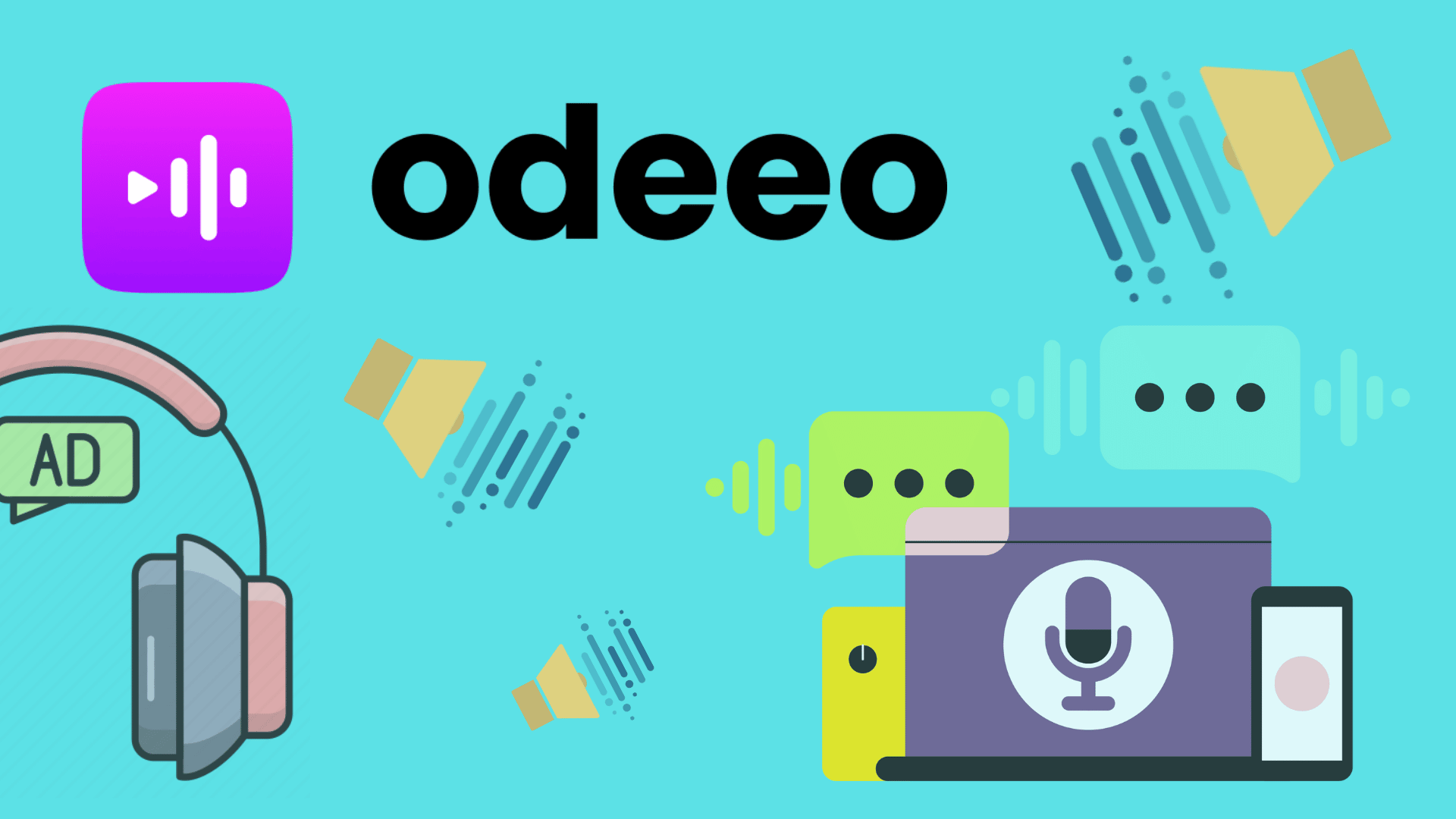Mobile game developers are under incredible pressure from all sides. App Stores are tightening up their policies. People have less money to spend on in-app purchases. And players are frustrated with the sheer number of ads in their games. More than ever, mobile game developers need a more reliable way to make money. They need to diversify their revenue streams.
In-game audio is an emerging format that might be their salvation. But why? What is it that makes it such an attractive choice for game developers?
Monetizing play time, not breaks in play
In the late 2010’s, hyper-casual games were the hottest category in the App Stores – addictive, easy to start, relatively quick for developers to create, and easy to monetize with ads. They didn’t require complex game economies or IAP’s; just quick levels followed by full-screen ads. As the hyper-casual space became hyper-competitive, the ads started to take up more time than gameplay.
As a result, there’s been a shift away from hyper-casual, to hybrid-casual games that combine the simple gameplay of hyper-casual games with more sophisticated progression mechanics that appeal to a broader range of players. Developers are more focused on balancing retention and monetization as they hope to generate revenue off of their titles for longer periods of time.
So how do audio ads work? During gameplay, an ad plays in the background, taking over the audio from the game. Often this ad is accompanied by a visual element such as an icon or banner, that the developer can place appropriately so as to not interfere with gameplay. Thanks to the short nature of audio ads, they can start and finish before the player finishes the level. Additionally, audio ads can be used in rewarded implementations to earn currency for players.
In-game audio ads help provide a new incremental revenue stream that doesn’t cannibalize existing placements. Most importantly, developers are now monetizing time spent playing the game, rather than interruptions. Publishers report that they’ve found that with the right implementation, audio ads have a net neutral impact on retention, and in some cases have seen upticks in session length.
Bring in more brand advertising, rather than performance
Much of the growth of hyper-casual was fueled by performance ads – mostly UA ads from competing hyper-casual titles which can take users out of their current session. While UA advertisers would pay top dollar for quality users, this also meant a war within the game for the attention of the user.
Integrating audio ads into games allows a developer to tap into a different stream of revenue – brand advertising Instead, it’s the era of brand awareness. Just as advertisers have seen success from ads in podcasts and music streaming services, in-game audio is prime real-estate for brand campaigns. Mobile games give advertisers access to massive audiences that include all types of people – across all ages, races, and lifestyles.
It can also be quite a brand-safe environment. Brands can choose to advertise in specific genres or only on vetted games. Games are much less of a risk than a streamed video, for example, as brands can know the content of the game much more clearly. With so much user-generated content in streamed video, it’s much more difficult to know what message your ad will be placed next to. With games, there’s far less risk.
The rise of sonic branding
Another reason why audio is likely to be the next step for the mobile gaming industry is a renewed focus on sonic identity. Sonic identity is where a brand develops a key jingle, sound or iconic noise that people will associate with them. Think Mastercard, Xbox, Neftlix or McDonald’s – you can probably hum their signature sounds from memory.
In-game audio can push this even further. With the right positive associations, brands could forge their sonic identity in small snippets. When a player opens a treasure chest, it could play the brand’s signature sound. When players get a powerup, brands could run a jingle. These short snippets not only help build awareness, but are highly memorable. Brand investment in sonic identity shows how critical the link is between sound and memory.
Audio is fastest-growing ad format
If audio were a fad, we’d see it disappear very quickly. But that’s not the case.
According to the IAB, digital audio had the fastest year-on-year growth in 2022 – rising 57.9% to $4.9 billion. It’s an area that’s rapidly rising as brands realize the potential. For now, this is largely with music streaming services and podcasts. But emerging markets like connected TVs and in-game audio are likely to help keep audio top of mind as advertisers realize the potential in the gaming industry.
And it’ll grow even faster once musicians get involved
Brands aren’t the only ones who can take advantage of audio advertising. There’s a ripe opportunity here for musicians, too. Games have a broad, receptive audience in which to acquire new fans and get traction for new releases. For years there have been overlaps, but they have required large custom integrations and one-off creative (think Fortnite concerts or radio stations in Grand Theft Auto). Artists are eager to take advantage of the opportunities presented by mobile gaming, and audio ads create a turnkey way to do so.
Keep an ear out for in-game audio
All these trends are the perfect blending pot to see in-game audio skyrocket in the next few years. Studios need to find ways to monetize their games, without harming their retention. Publishers are focusing much more on the player experience. Brand advertising is taking over from old performance-based ads. And audio continues to be one of the fastest-growing
All of this together means that advertisers and mobile game developers alike should be keeping an ear out for in-game audio advertising.
